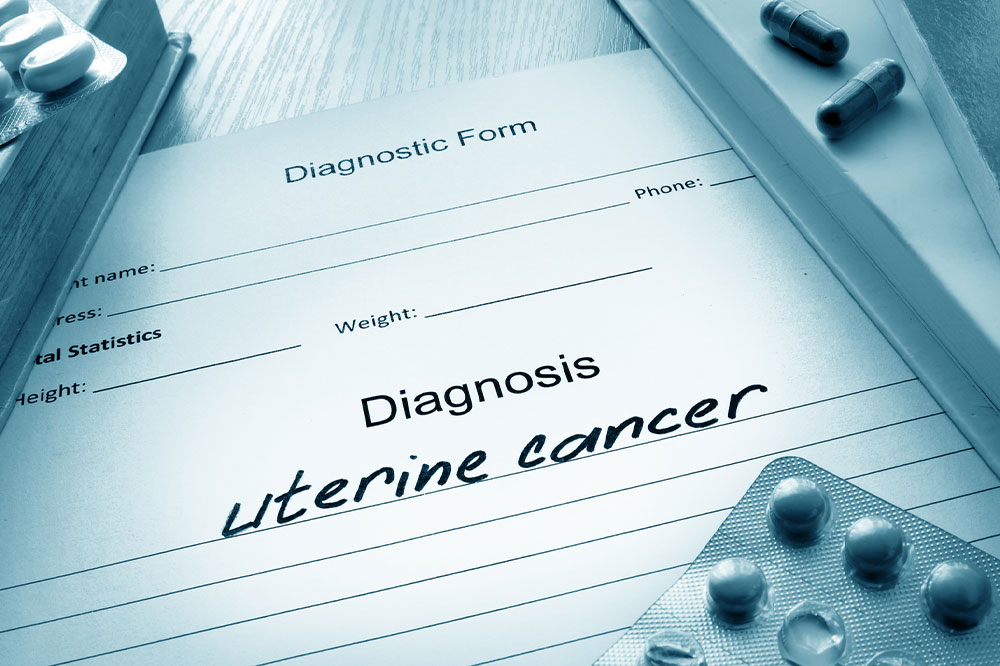Understanding Uterine Cancer: Causes, Symptoms, and Treatment Options
This article provides insight into uterine cancer, highlighting its causes, symptoms, and various treatment options. Early detection through awareness of symptoms can improve prognosis. The piece also emphasizes preventive measures like lifestyle changes and regular screenings to reduce risks and ensure timely intervention.
Sponsored

Uterine cancer originates in the lining of the uterus and can present symptoms such as pelvic pain, abnormal bleeding, and lower abdominal discomfort. Globally, approximately 97,370 deaths were recorded due to uterine cancer in 2020. The survival rate over five years stands at 81%. Recognizing early signs and seeking timely treatment are crucial. Risk factors include high blood pressure, diabetes, thickened endometrial lining, and postmenopausal bleeding. There are two main types: endometrial cancer and uterine sarcoma, each requiring different management strategies.
Common symptoms include irregular bleeding between periods, postmenopausal bleeding, pelvic cramps, vaginal discharge, and heavy bleeding, especially after 40. Noticing these signs early allows for prompt diagnosis and treatment, significantly improving prognosis. Staging helps determine the progression: Stage 1 limits to the uterus, Stage 2 involves the cervix, Stage 3 spreads to lymph nodes or nearby organs, and Stage 4 extends to distant areas like lungs and abdomen.
Treatment options vary based on the stage and type of cancer. Surgical procedures include abdominal hysterectomy, minimally invasive hysterectomy, and radical hysterectomy if the cervix is affected. Non-surgical treatments encompass radiation therapy, chemotherapy, hormone therapy, and immunotherapy, targeting cancer cells while minimizing side effects.
Preventative measures involve monitoring risk factors, maintaining an active lifestyle, eating nutritious foods, and managing stress. Women with a family history should consider regular screenings. Adopting healthy habits can lower the risk of uterine cancer and aid in early detection, improving treatment outcomes.






